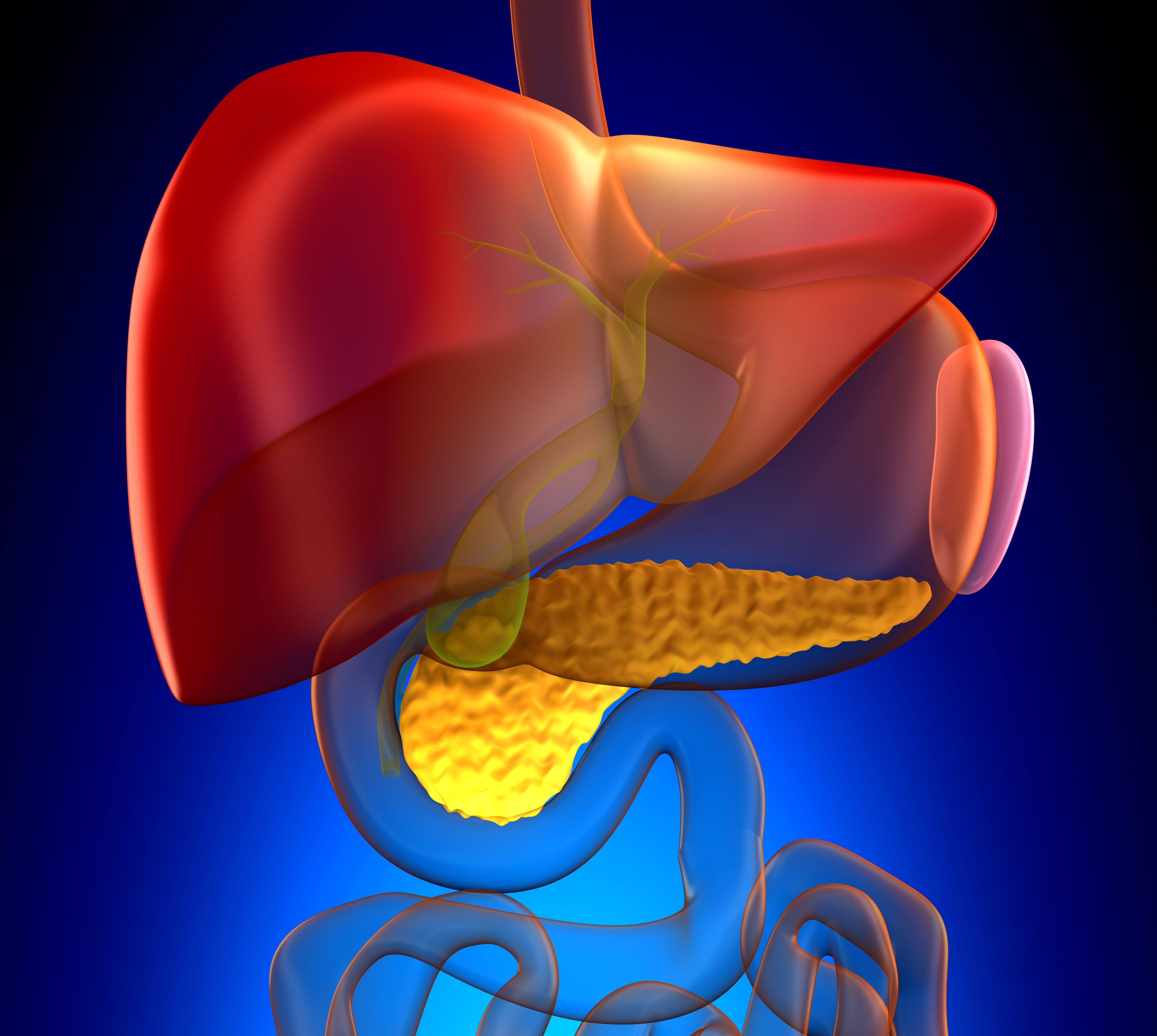Pelareorep Combination Shows Manageable Safety in Metastatic Pancreatic Cancer
Cohort 5 of the ongoing phase 1/2 GOBLET study evaluated the safety of pelareorep in combination with modified FOLFIRINOX with or without atezolizumab in patients with newly diagnosed metastatic pancreatic ductal adenocarcinoma.
Cohort 5 of the ongoing phase 1/2 GOBLET study evaluated the safety of pelareorep in combination with modified FOLFIRINOX with or without atezolizumab in patients with newly diagnosed metastatic pancreatic ductal adenocarcinoma.

The combination of pelareorep with modified FOLFIRINOX (oxaliplatin, leucovorin, irinotecan, and fluorouracil) with or without atezolizumab (Tecentriq) demonstrated an acceptable safety profile with no unexpected toxicities in patients with newly diagnosed metastatic pancreatic ductal adenocarcinoma (PDAC), according to findings from cohort 5 of the safety run-in portion of the ongoing phase 1/2 GOBLET study (Eudra-CT:2020-003996-16) presented during the 2025 ASCO Gastrointestinal Cancer Symposium.
All 9 patients who received treatment experienced at least 1 adverse effect (AE), with 7 experiencing grade 3 or higher AEs. A total of 6 patients experienced serious AEs, and 3 patients died after data cutoff although no deaths were determined to be related to treatment.
“Observed AEs were consistent with the known safety profiles of the study drugs,” lead study author Thomas Seufferlein, MD, of the Department of Internal Medicine at Ulm University Hospital in Ulm, Germany, and colleagues, wrote in a poster. “An independent data safety monitoring board and the German regulatory authorities have approved the study to continue full enrollment. Safety of these combination therapies will continue to be monitored.”
Although only a small subset of patients with metastatic PDAC who have microsatellite instability–high or mismatch repair–deficient tumors experience efficacy with immunotherapy, previous data have suggested that the non-genetically modified reovirus pelareorep could have potential synergy with checkpoint inhibitors. Specifically, when the agent was paired with nab-paclitaxel (Abraxane), gemcitabine, and atezolizumab, it elicited responses in patients with metastatic PDAC.
Cohort 5 of the open-label, multiple-cohort, Simon 2-stage, phase 1/2 GOBLET study is enrolling patients with confirmed metastatic PDAC who are at least 18 years of age and are candidates to receive mFOLFIRINOX. They must have an ECOG performance status of 0 or 1, radiographically measurable disease by RECIST 1.1 criteria, acceptable organ function, and known low or absent dihydropyridine dehydrogenase activity. Patients could not have previously received systemic chemotherapy for metastatic disease and it could not have been longer than 6 months since their last dose of adjuvant chemotherapy. They also could not have prior exposure to checkpoint inhibition.
For stage 1, patients are being randomized 1:1 to receive pelareorep plus mFOLFIRINOX and atezolizumab (arm A; n = 4) or pelareorep plus mFOLFIRINOX (arm B; n = 5). Pelareorep is administered on days 1, 2, 8, 9, 15, and 16; mFOLFIRINOX is given on days 1 and 15; and atezolizumab is given on days 2 and 16 of each 28-day cycle. One or both arms may be expanded to stage 2.
The primary objectives include evaluating the safety and tolerability as well as the objective response rates achieved with pelareorep plus mFOLFIRINOX with or without atezolizumab. Secondary objectives include progression-free survival, overall survival, survival rates at 12 and 24 months, duration of response, and disease control rate. Evaluation of tumor-infiltrating lymphocyte clonal expansion and other immunological changes in the blood and tumor serve as exploratory objectives. Translational studies are planned.
The 3-patient safety run-in for both arms of this cohort have been enrolled and all completed the 1-month evaluation period that was required.
The most common grade 3 or higher AEs to occur in both arms (n = 9) were nausea (44.4%), increased y-GGT (22.2%), and abdominal pain (22.2%). Serious AEs reported in all patients were nausea (22.2%), COVID-19 (20%), abdominal pain (11.1%), acute kidney injury (11.1%), diarrhea (11.1%), fatigue (11.1%), general health deterioration (11.1%), hypophysitis (11.1%), ileus (11.1%), infection (11.1%), infusion reaction (11.1%), pulmonary embolism (11.1%), and vomiting (11.1%).
“Tumor response results to pelareorep plus mFOLFIRINOX with or without atezolizumab therapy are pending,” the study authors concluded. “Enrollment into cohort 5 of the GOBLET study will continue—Efficacy results will be reported when available.”
Reference
Seufferlein T, Arnold D, Burkhart N, et al. GOBLET study: Results of the safety run-in for first-line metastatic pancreatic ductal adenocarcinoma (PDAC) patients treated with pelareorep + modified FOLFIRINOX +/- atezolizumab. J Clin Oncol. 2025;43(suppl 4):730. doi:10.1200/JCO.2025.43.4_suppl.730